🚗💨 Is your check engine light on? Fuel economy dropping? Before you spend hundreds on a new oxygen sensor, you might wonder: Can an O2 sensor cleaner fix the problem? In this guide, we’ll explore how sensor cleaners work, when to use them, and whether they’re worth your time and money. Let’s dive in!
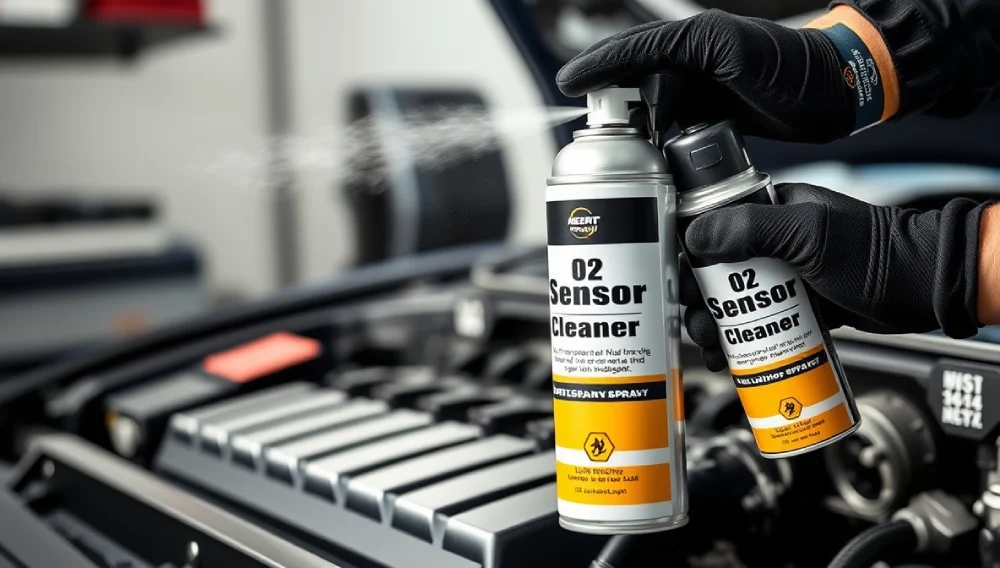
What Is a Sensor Cleaner?
A sensor cleaner is a specialized solvent designed to remove contaminants like carbon deposits, oil, or fuel additives from your car’s oxygen sensor. These sensors monitor exhaust gas oxygen levels to help your engine optimize fuel efficiency and reduce emissions. Over time, they can get clogged, leading to poor performance.
Key Benefits of Cleaning vs. Replacing:
- 💰 Cost-effective: Cleaners cost 10−10−20 vs. 50−50−300 for a new sensor.
- 🛠️ DIY-friendly: No mechanic is required for minor cleaning.
- 🌱 Eco-friendly: Reduces waste by extending sensor life.
But note: Cleaning isn’t a guaranteed fix. Severely damaged or aged sensors usually need replacement.
Signs Your O2 Sensor Needs Cleaning (or Replacing)
Watch for these symptoms of a dirty or failing O2 sensor:
- Check Engine Light 🔴
- Codes like P0130 (upstream sensor) or P0171 (lean fuel mixture) may appear.
- Poor Fuel Economy ⛽
- A dirty sensor sends incorrect data, wasting fuel.
- Rough Idling or Hesitation 🌪️
- Engine misfires or stalls at stops.
- Failed Emissions Test 🚫
- High hydrocarbon levels due to imbalanced combustion.
When to replace instead: If symptoms persist after cleaning or the sensor has 100,000+ miles.
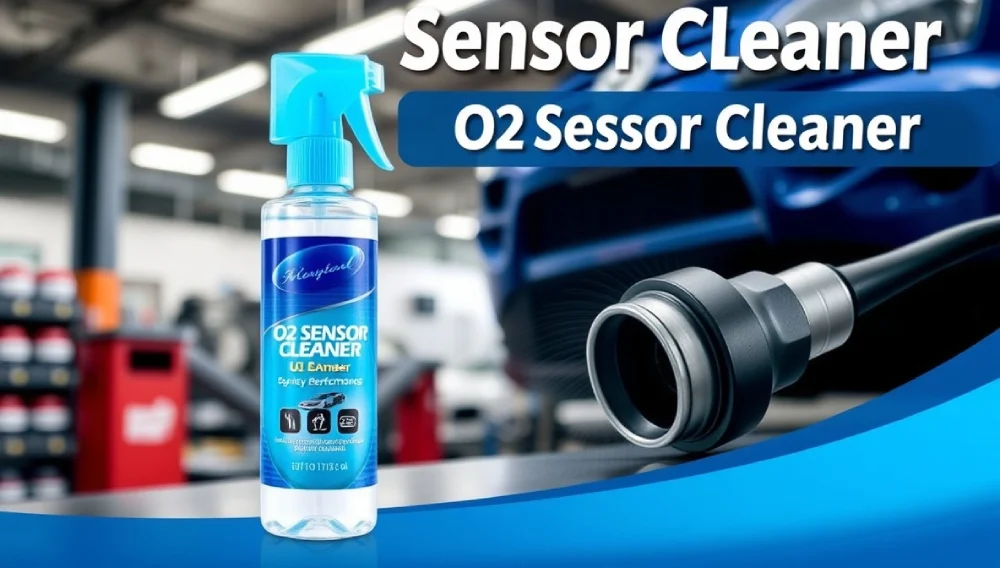
How to Clean an O2 Sensor: Step-by-Step Guide
Tools You’ll Need:
- 🔧 Oxygen sensor socket or 22mm wrench
- 🧤 Safety gloves and glasses
- 🧴 sensor cleaner (e.g., CRC)
- 🪒 Soft-bristle brush (optional)
Step 1: Remove the Sensor
- Let the engine cool completely.
- Locate the sensor (upstream or downstream).
- Spray the threads with penetrating oil if rusted.
- Disconnect the wiring harness and unscrew the sensor.
Step 2: Apply the Cleaner
- Spray the sensor’s tip generously with an O2 sensor cleaner.
- Let it soak for 10-15 minutes to dissolve deposits.
- Gently scrub with a soft brush if needed (avoid abrasive tools!).
Step 3: Dry and Reinstall
- Air-dry the sensor completely (no heat).
- Reinstall and tighten to 30-40 Nm (don’t overtighten!).
- Reconnect the wiring and clear error codes with an OBD2 scanner.
Top Sensor Cleaner Products
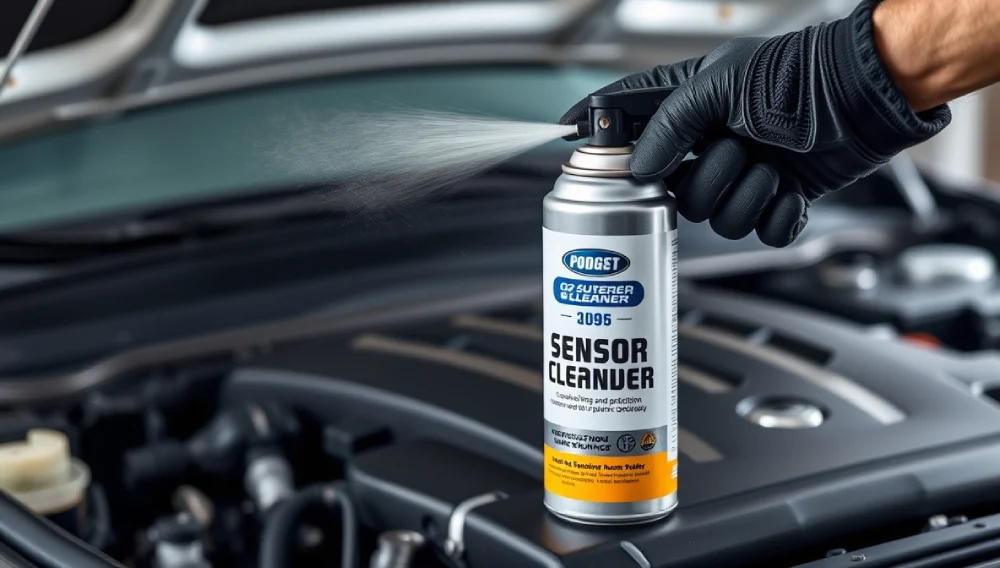
1. CRC Oxygen Sensor Safe Cleaner
- Pros: Fast-acting, safe for most sensors, affordable (12−12−15).
- Cons: Not effective for oil or coolant contamination.
- Best for: Light carbon buildup.
2. Gumout High Mileage Fuel System Cleaner
- Pros: Doubles as fuel injector cleaner, improves overall performance.
- Cons: Requires driving 100+ miles for full effect (10−10−14).
- Best for: Preventive maintenance.
3. BG Products 44K Fuel System Cleaner
- Pros: Professional-grade, cleans sensors and fuel lines.
- Cons: Pricier (25−25−30), may require multiple uses.
- Best for: Severe deposits.
Buying Guide
Not all cleaners are equal! Consider these factors:
- ✅ Formula Safety: Avoid harsh chemicals that damage sensors.
- 🎯 Targeted Contaminants: Match the cleaner to your issue (e.g., carbon vs. oil).
- 📈 User Reviews: Check Amazon or forums for real-world results.
- 💸 Value: Larger bottles offer more uses but may expire.
Tip: Pair with a fuel system cleaner for better results.
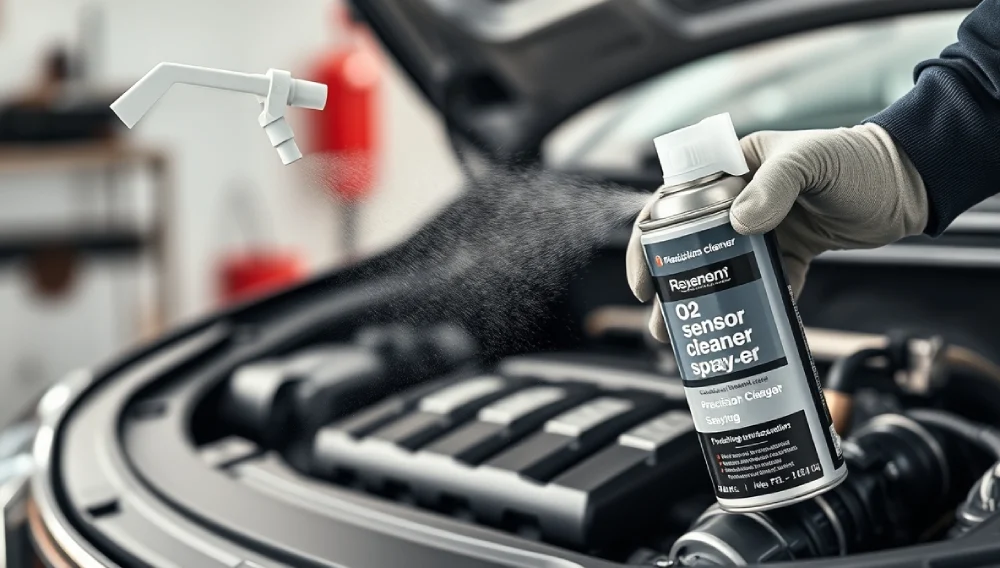
Personal Experience: A Temporary Fix
I once cleaned a downstream sensor on my 2008 Honda Civic after a P0420 code. The cleaner cleared the light for a week, but it returned—proving cleaning isn’t a cure-all. Lesson learned:
- Cleaners work best for minor, recent buildup.
- Old sensors (10+ years) often need replacement.
FAQs
1. Can you clean an O2 sensor instead of replacing it?
- Yes, but only if contamination is mild. Severe damage requires replacement.
2. How often should you clean your O2 sensor?
- Every 30,000-50,000 miles, or at the first sign of trouble.
3. Does cleaning void the sensor warranty?
- Possibly. Check manufacturer guidelines first.
4. Is MAF cleaner safe for O2 sensors?
- No—MAF cleaners leave residues. Use only O2-specific products.
5. What’s cheaper: cleaning or replacing?
- Cleaning costs 10−10−20 vs. 50−50−300 for a new sensor.
When to Skip the Cleaner and Replace the Sensor
- 🕒 Age: Sensors older than 10 years rarely recover.
- 🔥 Physical Damage: Cracked or melted parts can’t be cleaned.
- 🔄 Repeated Codes: If the check engine light returns quickly.
Final Thoughts
O2 sensor cleaners are a budget-friendly first step for minor issues, but they’re not a magic solution. For light carbon buildup, products like CRC can buy you time. However, don’t ignore persistent problems—a failing sensor can harm your catalytic converter and cost thousands to fix!
Have you tried cleaning your O2 sensor? Share your story below! Happy driving!
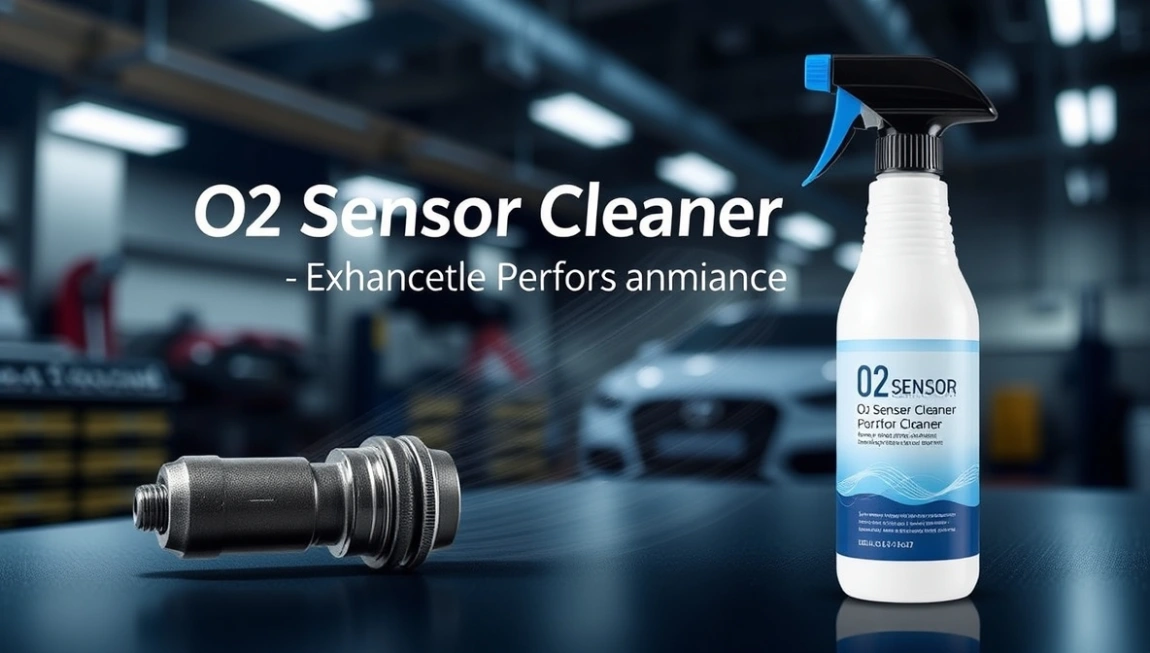

1 thought on “The Best O2 Sensor Cleaner 2025”